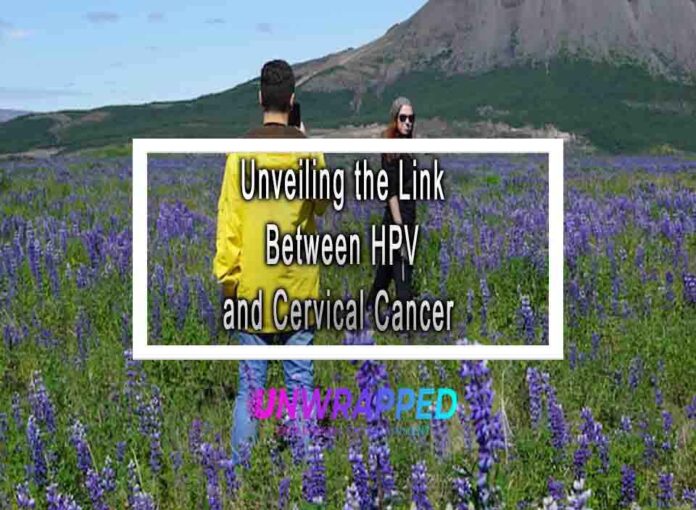Human papillomavirus (HPV) is a group of related viruses that can infect the genital area, mouth, and throat. It is the most common sexually transmitted infection (STI) worldwide. While most HPV infections resolve on their own without causing any symptoms or long-term health problems, some HPV types can lead to serious health issues, including cervical cancer. Here’s an overview of the link between HPV and cervical cancer:
1. HPV Infection:
- HPV is primarily transmitted through sexual contact, including vaginal, anal, and oral sex.
- There are over 100 different types of HPV, with some affecting the genital area. These are categorized into “low-risk” and “high-risk” types based on their potential to cause cancer.
- Most HPV infections are asymptomatic and clear up on their own. In some cases, however, the virus can persist in the body.
- Understanding the differences between bacterial vaginosis or BV vs yeast infection is crucial for maintaining vaginal health as well.
2. Cervical Cancer Link:
- Persistent infection with high-risk HPV types, particularly HPV 16 and HPV 18, is the leading cause of cervical cancer.

- High-risk HPV types can cause changes in cervical cells over time, potentially leading to precancerous lesions and, if left untreated, cervical cancer.
3. Precancerous Lesions:
- Before cervical cancer develops, abnormal changes in cervical cells can be detected through screening tests like Pap smears (Pap tests) and HPV DNA tests.
- The detection and treatment of precancerous lesions can prevent the progression to cervical cancer.
4. Cervical Cancer Progression:
- If precancerous lesions are not detected and treated, they may progress to invasive cervical cancer.
- Cervical cancer can be asymptomatic in its early stages, but as it advances, symptoms may include abnormal vaginal bleeding, pelvic pain, and pain during intercourse.
5. Prevention and Control:
- HPV vaccination: Vaccines like Gardasil and Cervarix are available to protect against some of the most common high-risk HPV types. These vaccines are recommended for preteens, teenagers, and young adults.
- Regular screenings: Routine Pap tests and HPV tests for women can help detect precancerous changes and cervical cancer at an early, treatable stage.
- Safe sex practices: Using condoms consistently and correctly can reduce the risk of HPV transmission but does not provide complete protection.
- Limiting sexual partners: Reducing the number of sexual partners can lower the risk of exposure to HPV.
- Smoking cessation: Smoking is associated with an increased risk of cervical cancer in women with HPV infections.
It’s important to understand that HPV is a common virus, and most infections do not lead to cervical cancer. Regular screenings, HPV vaccination, and safe sex practices are effective ways to reduce the risk of cervical cancer associated with HPV. Early detection and treatment are critical for preventing the progression of precancerous lesions to invasive cancer. If you have questions or concerns about HPV and cervical cancer, consult with a healthcare provider for guidance and recommendations tailored to your individual circumstances.











